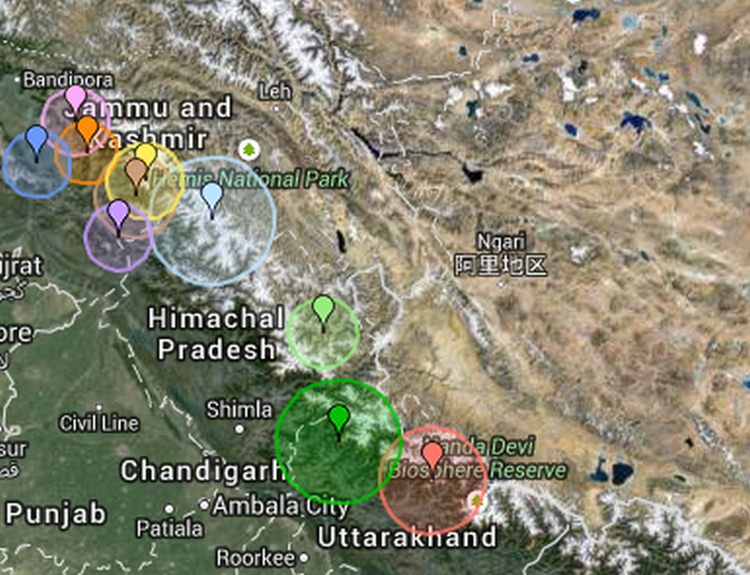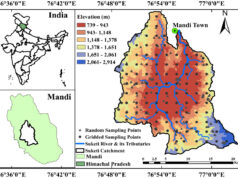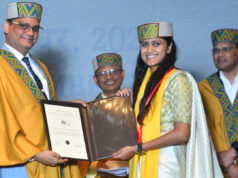IIT Mandi Research Unveils Environmental Benefits of CdTe and CIGS Solar Cells in India
Researchers from the Indian Institute of Technology (IIT) Mandi have conducted a comprehensive Life Cycle Assessment (LCA) of five solar cell technologies to determine the most sustainable options for solar energy production in India. Co-authored by Dr. Atul Dhar, Dr. Satvasheel Ramesh Powar and Dr. Shweta Singh, the study has been published in the Journal of Environmental Management and offers critical insights for investors and policymakers to improve the environmental performance of solar technologies in India.
The researchers evaluated the environmental impacts of mono-silicon, polysilicon, Copper Indium Gallium Selenide (CIGS), Cadmium Telluride (CdTe), and Passivated Emitter and Rear Contact (PERC) solar cells using Indian manufacturing conditions. They performed a cradle-to-gate analysis covering eighteen environmental impact categories, including global warming, stratospheric ozone depletion, human toxicity, and particulate matter formation.
The researchers found that CdTe technology exhibited the lowest environmental impact among the five technologies studied. It had the least carbon dioxide emissions, ozone depletion potential, human health effects, and particulate air pollution. This was closely followed by CIGS PV cells.
“The Life Cycle Assessment of solar module technologies can help identify the most sustainable technology that balances economic, social, and environmental benefits,” said Dr. Satvasheel Ramesh Powar. “Our findings can guide policymakers to promote the most sustainable technologies, boosting the low-carbon economy and reducing the environmental impact of solar energy production.”
While the study focuses on the initial phases of the solar technology life cycle, the researchers plan to investigate the recycling and end-of-life phases in future research.














